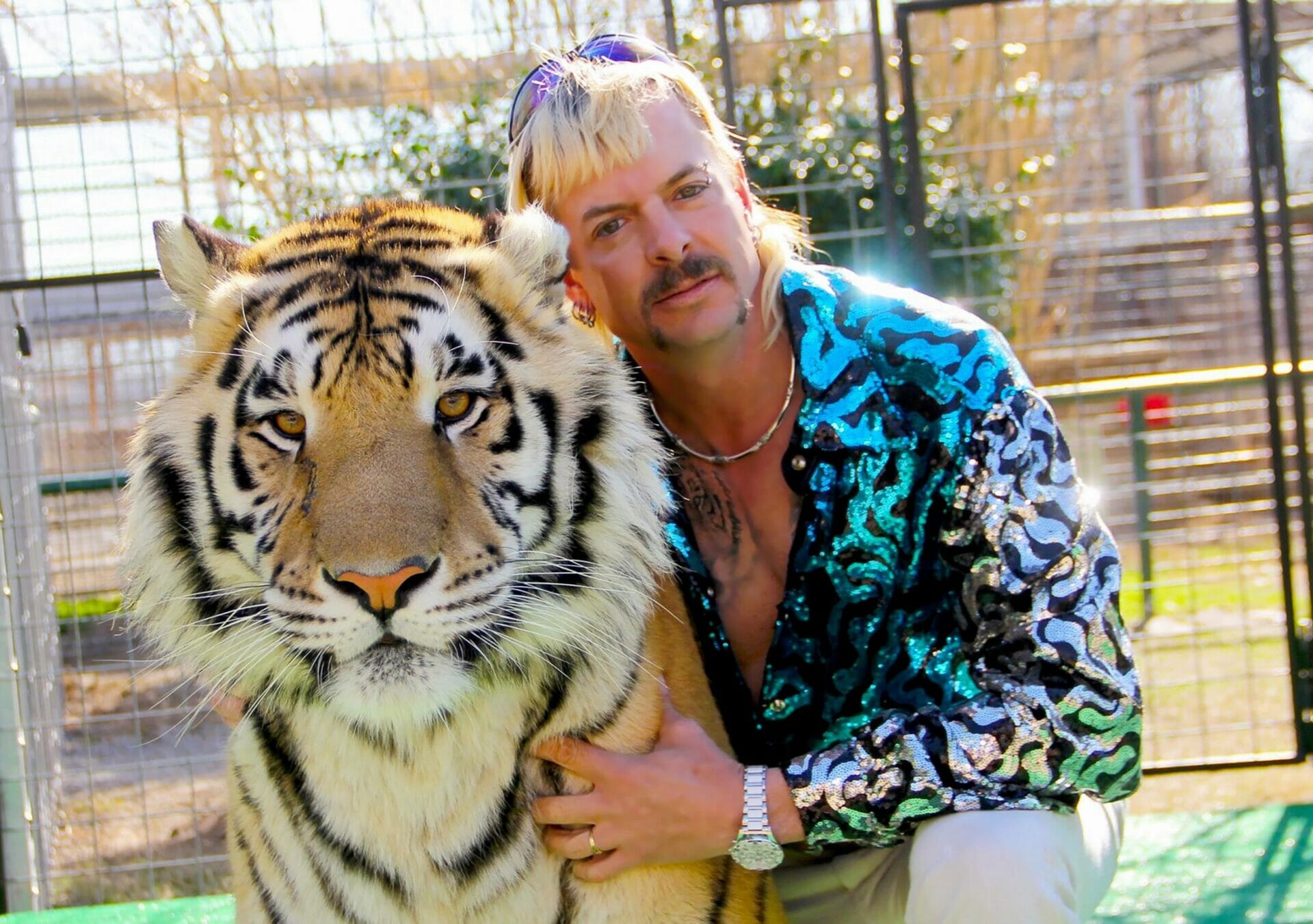
Fantastic Mr. Fox | A story about animals and humans
Year
Runtime
Director
Cinematographer
Production Designer
Music by
Country
Format
Mr. Fox (dubbed by George Clooney) and his wife Felicity (with the voice of Meryl Streep) are in a trap when she announces she’s pregnant. They were hunting on a breeding farm when they fell into a trap, so she makes him promise he will find another job if they survive. Two years later, they have a young child, Ash (Jason Schwartzman), and Mr. Fox is a journalist. He made the first step in a story of instability between animals and humans.
Directed by Wes Anderson in 2009, Fantastic Mr. Fox is an animated movie based on Roald Dahl‘s children’s novel of the same name. It’s the first animated movie by the American director, realized with stop-motion.
Longing to become something more
Two human years correspond with twelve fox years: that’s why Ash is nearly a teenager: willing to please his parents but to ask for independence. The family lives in a hole under the ground, but Mr. Fox wants something more. One day he announces they will move into a tree up on the hill, despite his lawyer Badger (a badger indeed, with the voice of Bill Murray) advising against it. But Mr. Fox isn’t discouraged at all: he’s tired of living in a small hole “like an animal”. He wants something more “human” for his family: a bigger house full of light.
They have just moved when they welcome Kristofferson, Mrs. Fox’s nephew, who needs hospitality until his father recovers from a bout of double pneumonia. Kristofferson is totally different from Ash, and the two young foxes soon come into conflict. The fight between them will embody the two fronts of the protagonists’ struggle: human and animal, nature and culture.
There’s more than one way to evolve
In Fantastic Mr. Fox, it’s possible to find several aspects of Wes Anderson’s filmmaking style. His passion for scale models arrives at its peak: after toy soldiers in Bottle Rocket and the submarine in The Life Aquatic with Steve Zissou, the stop-motion technique allows the director to work with real models. There are themes like childhood and the impossibility of finding a clear division with adult life; the disarming irony of surreal situations to explore difficulties. There’s Anderson’s fascination with Europe, which can be found in the Italian Moka used by Mrs. Fox, in San Pellegrino water in The Royal Tenenbaums, and the whole setting of Grand Budapest Hotel.
The movie starts with a scene recalling Walt Disney‘s classics: Roald Dahl’s book opening on the story. What seems to be a commonplace turns out to be a totally different narrative, though. While classic heroes follow a path leading to evolution, Mr. Fox chases a different route. He attempts to become a better person, a “more human” animal, with a real home and job, but fails. And not only because his antagonists are stronger than he is, as could happen in a classic tragedy, but because that’s not his nature.
Fantastic Mr. Fox is a story about animals and humans. But common stories about anthropomorphic animals talk about animals raising their status to humans: BoJack Horseman‘s protagonist, for example, is a horse who understands the world much better than humans. Instead, Mr. Fox and his son Ash become proud of being animals and behaving as they are. It tells about a failure that reveals a victory: not only can Mr. Fox not change, but change causes only troubles. The movie manages to enlighten a different way to evolve: accepting one’s own nature.
Tag
Buy a ☕ for Hypercritic










